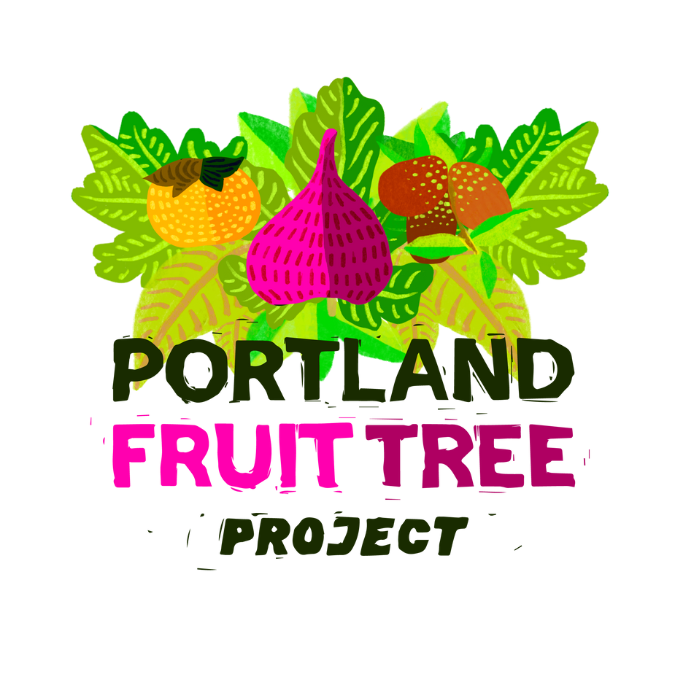Bagging Fruit: Simple and Effective
Post sponsored by Welcome to PDX Real Estate Agent, Deb
〰️
Post sponsored by Welcome to PDX Real Estate Agent, Deb 〰️
We’re in late spring and it has been busy! Thinning fruitlets and spring cleaning has been fun and the results are already looking rewarding. Now let’s talk bagging those fruitlets.
After you have diligently gone around your tree and thinned your fruitlets to one of the healthiest looking fruitlets in the bunch and created a distance of at least 6 inches between the chosen fruitlets for apples or 4 inches for peaches and plums, the next step would be to shield them from any of our tiny friends. Thinning in conjunction with bagging will help increase the flavor, and size of your fruit along with working double to mitigate pest presence in your fruit. Everyone’s gotta eat and bagging is time consuming, so if you have a larger tree that is loaded with fruit, you can bag the amount of fruit you think you will want for fresh eating and leave the rest for processing or the critters.
Bagging fruit is a bit of a pick your player task. There are mesh jewelry bags, footies soaked in clay, bags with a wax inside and simple paper bags. There are pros and cons to each. We use paper bags as they are the most accessible and can be reused or recycled.
Here is a short video demonstrating the bagging method with paper bags!
If you want to learn more about integrative pest management we have another blogpost HERE and here’s to the delicious bug free fruit in your future!
Do you have questions or need help?
Check out the Home Orchard Education Center for workshops and more
Find articles and more with the Oregon State University Extension school
Take the next step with Portland Fruit Tree Project!
This content was generously supported by:

Are you interested in sponsoring Portland Fruit Tree Project content? Send us an email!



